Introduction to the Design Principles
While teaching the Digital Arts and Entertainment students, a big part is focused on the principles of design, i.e. ‘How to make an image more pleasing and appealing? – i.e. ‘How do I make something cool?’
I was thinking of a way to explain those principles in a clear and understandable way to my students and was looking for this perfect example. One day it suddenly struck me. Every day I pass by this facility when getting to work. It shows the principles of design in all its beauty:
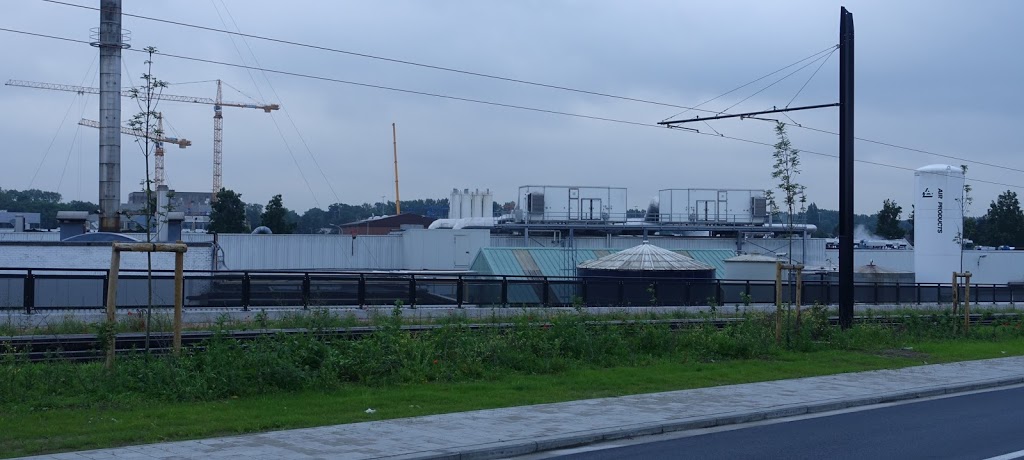
I came to the realization that there are two main keywords you want to remember when talking about design and making interesting imagery: Contrast and Variety.
When I talk about contrast it applies to certain differences between shapes, textures, details, heights, orientations,…
By having Contrast you end up with Variety. Having Variety and Contrast makes for Interesting designs.
Over the years I was able to build a list of principles based on my own experiences and others (see the resources at the bottom of this post), that will help you get contrast and variety in your designs and hopefully one step closer to a successful end result.

Some of the Design Principles explained in depth
Proportions and 70/30 – 80/20 rule
This principle is all about Big, Medium and Small. Applying this rule will automatically result in contrast and a variety of shapes. The principle can be applied to shapes, lines, details… and even value patterns. To give you a brief example, you want to avoid having 33% white, 33% grey and 33% black in your image. A better arrangement could be 10% white, 30% grey and 60% black. (I hope to go deeper into this in another post).
There will be no similar-sized shapes, therefore they are not competing for attention which will result in a clear focal point.
A connecting principle to Proportions is the 70/30 rule. You could call it the 71/29 rule if you want to, hence why I wrote the 80/20 rule as well. It comes down to this: to have contrast and variety you want to avoid a 50/50 arrangement where everything is the same size or length. The picture below will clarify what I mean:
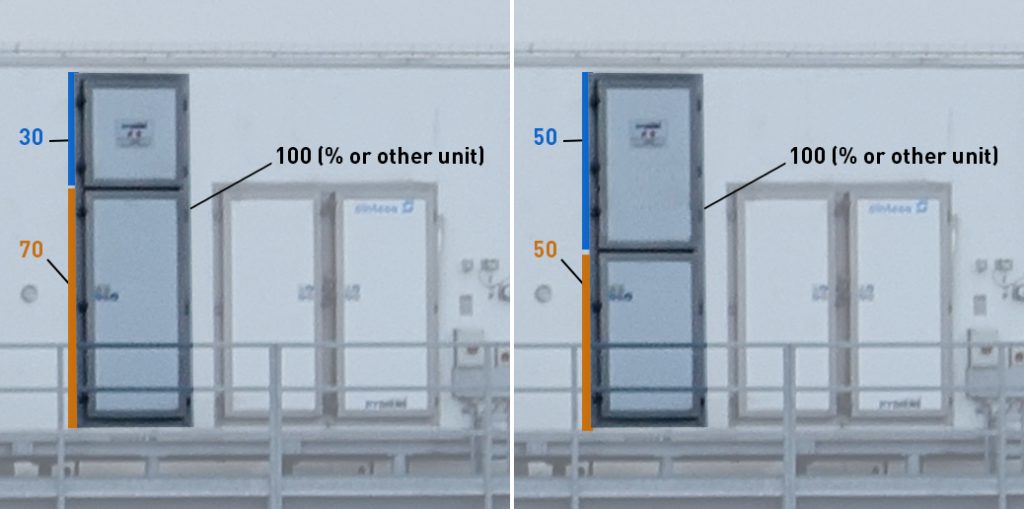
The doors on the left trigger the interest of the viewer because there is a variation in sizes. In the example on the left, I lowered the height of one door, resulting in a less interesting design. One could argue that the door on the left is still interesting because of the overlap the railing is creating and they would be totally right about that ;-).
Readability and Functionality
Readability and functionality are important principles to keep in mind, especially when designing functional objects like vehicles and machines. Good readability can come from a strong silhouette or from good distribution of detail like shown in the picture below. You don’t want to detail everything but leave empty spaces between areas that matter. That way your viewer has areas for his eyes to rest. It is in these detailed areas that you add functionality to your designs. I.e. you add details to explain how something works.
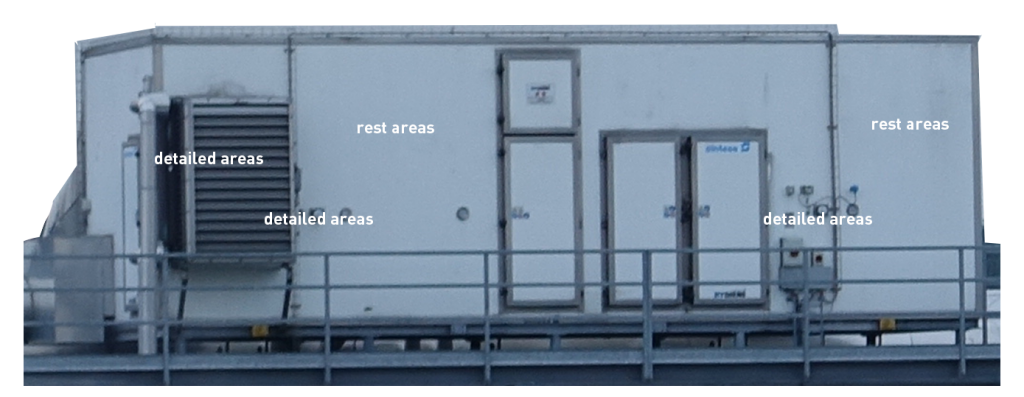
Functionality adds existing elements to your design to make the concept understandable and believable enough for the viewer to understand. More than often I encounter designs that lack simple details around areas where objects meet or are connected with each other, resulting in a ‘glued together’-feeling. All it takes is some detailing around those areas to make the design more readable and functional.
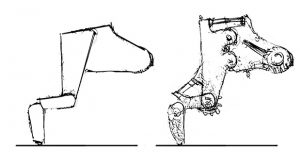
A side note to this principle: Maybe you’re familiar with the phrase ‘Form follows function’ or ‘Function over form’. As an example; a fast going vehicle will be more designed because it has to be aerodynamic in order to go fast. The focus will be on the design. Whereas a heavy construction vehicle will be less designed and has a bigger focus on functionality.
It’s important to find a nice balance between design and function so you strive for a pleasing aesthetic feeling.
Silhouette
To put this simple; a silhouette is the black and white version of your design so we can focus on the contour of the design. By filling up the shapes of your design you can check if the design and functionality are still readable and understandable. You can ask yourself if ‘it has interesting ins and outs, do I have negative spaces and is the design still readable from afar?’
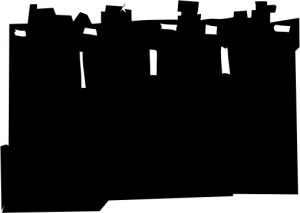
In drawing you want to avoid flat and long endless lines and shapes without anything happening to it. I oftentimes compare it with a heartbeat on a monitor. Flat lines are lifeless, the heartbeat itself expresses life and interest.
Rhythm and Repetition
Rhythm and repetition will create a certain flow in your design that you can use to lead the viewer in a certain direction and ties everything together as a whole. You can easily compare it with music notes. When a musician would randomly play some notes it would sound clueless and indecisive, whereas the musician ties everything together smoothly it becomes this beautifully composed masterpiece.
E.g. Repetition can be a repeated circular shape in your design that gently leads the viewer through your design. Within the repetition of elements, you want to make sure to put variation as well by changing the sizes or orientations.
Design Principles in practice: FPODSS
As you may have noticed it is not necessary for you to try and include all these design principles in your designs. You have to decide for yourself which principle will help you to enforce a certain mood and feeling. The principles that always stand by me when fighting design problems are: Functionality, Proportions, Overlap, Design line, Silhouette, and Shading (i.e. FPODSS). Learn this abbreviation by heart and it will become your design-saver for life, trust me! ;-).
So how does all of this apply to art and design in particular? Let me explain with the following design and let us see how FPODSS can be of any help to us:
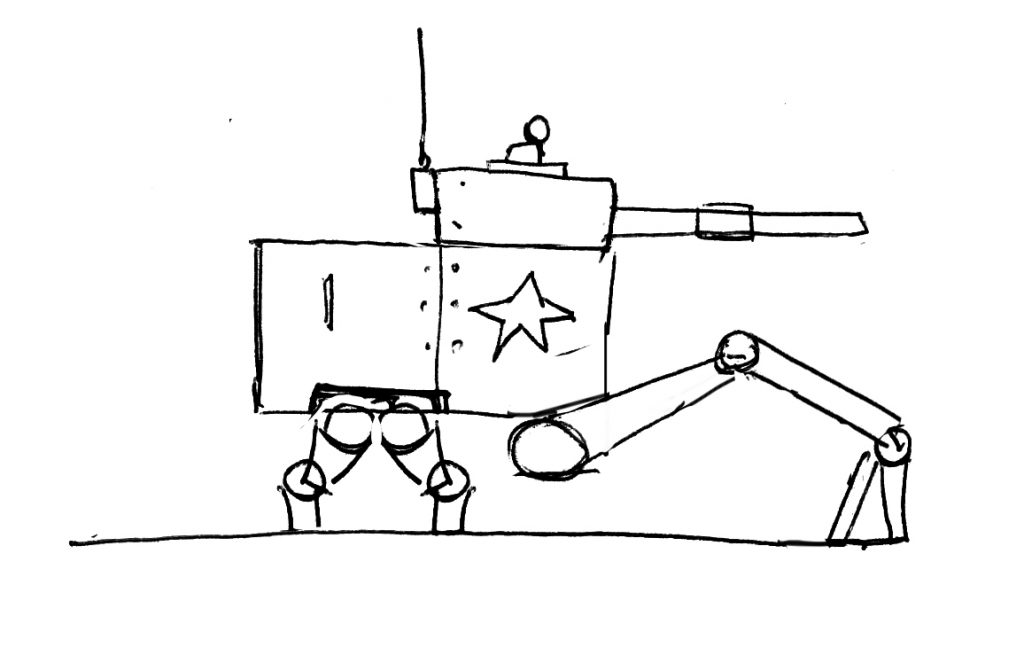
First, we want to write down what we like and dislike about the design so we know what to work on:
What I dislike about the design and want to change:
- Proportions are too alike
- Maybe the design line/stance could be improved on to get more character in the design
- The functionality is lacking, i.e. We don’t understand how the legs would function
- The silhouette is not at its best. Interesting ins and outs can be used to show the functionality of the design better and rotation/pivot points
- The object looks flat and misses volume, applying some shading and having overlapping elements could fix this.
What I like about the design and want to keep:
- The figure, it definitely sets a scale for us so we understand the design better
- The ground line, the vehicle looks grounded and in place
- The details, they tell us a bit more about the history and story of the design
- The long leg in the front gives it a certain ‘dragging or crawling’ vibe. Maybe we want to keep that feeling
- The repetition of the circular elements are creating a certain flow through the design
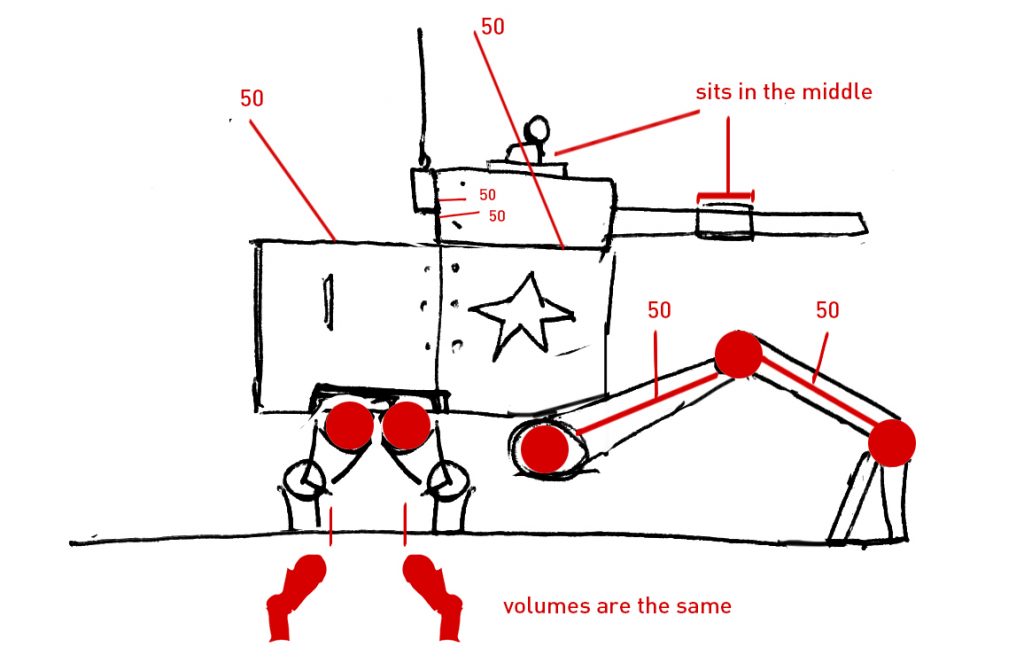
We should address the proportions first. By applying the Proportion and 70/30 rule we can make this design more pleasing:
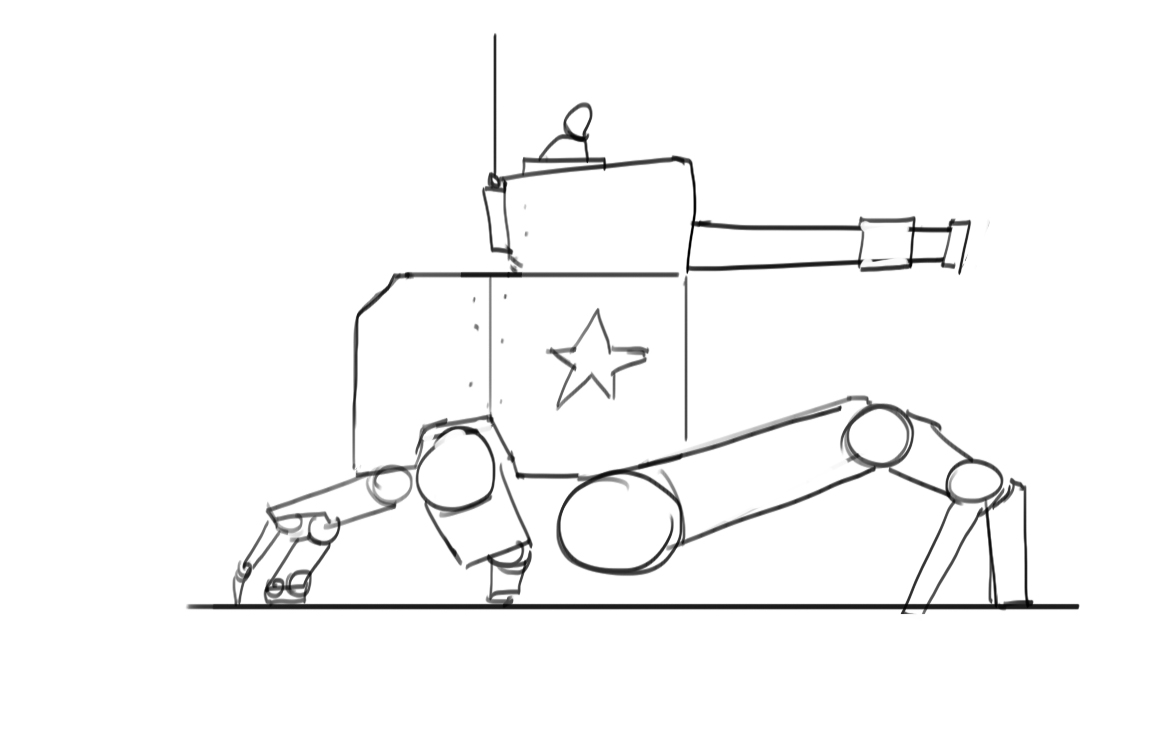
The proportions are more interesting but the stance could be pushed. We’ll try to incorporate some overlap as well:
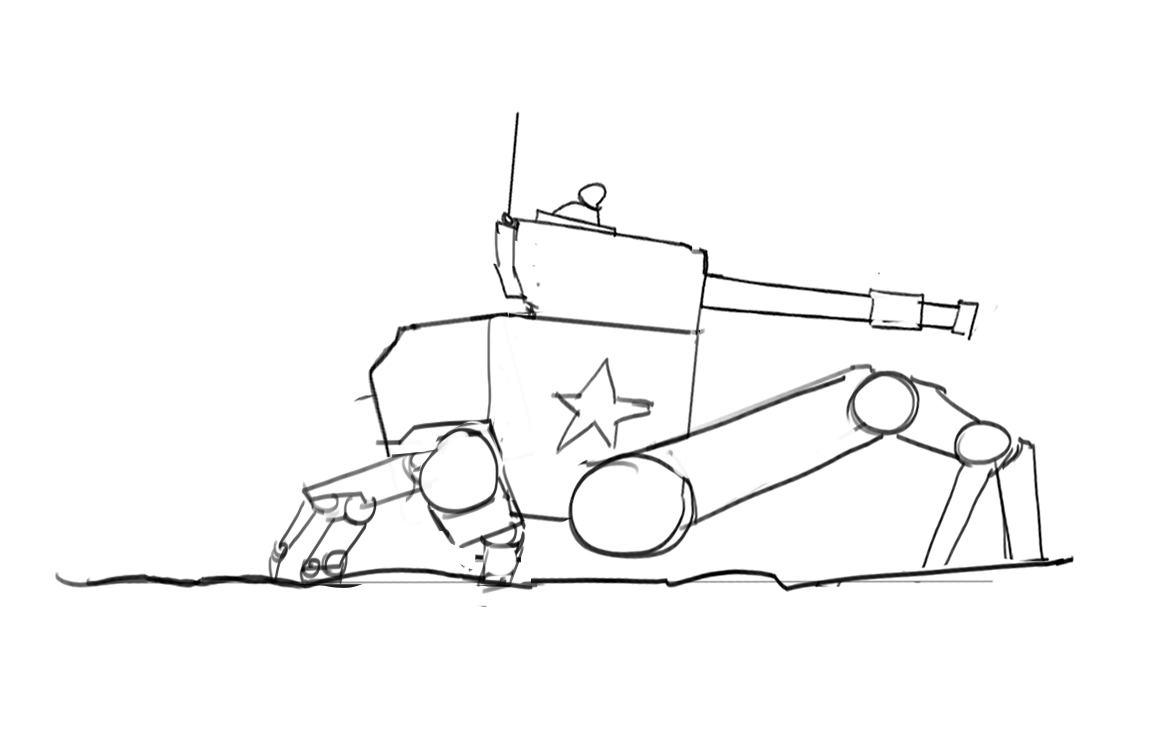
The legs are still missing functionality, by looking at references and doing some minor detailing we can easily fix that problem. You want to focus on creating an interesting silhouette at the same time:
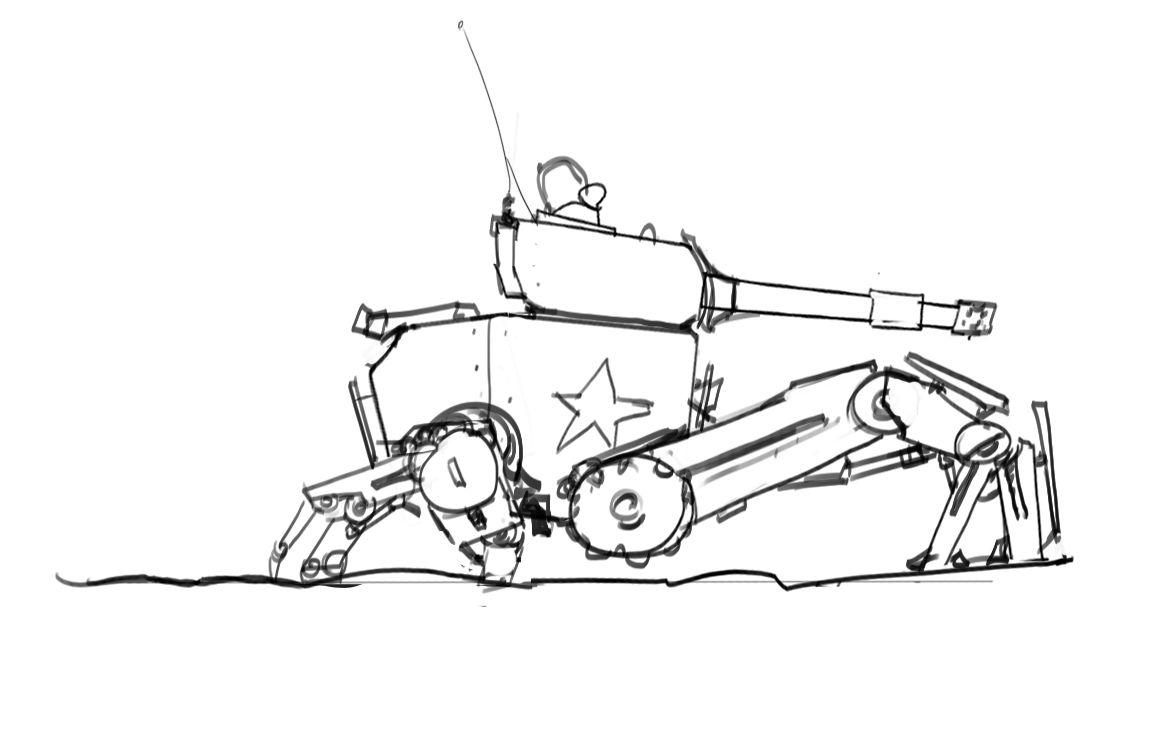
We pull everything together with some hatching to indicate the forms. Story details like smoke, dust, holes and dents can be added to give your design more life:
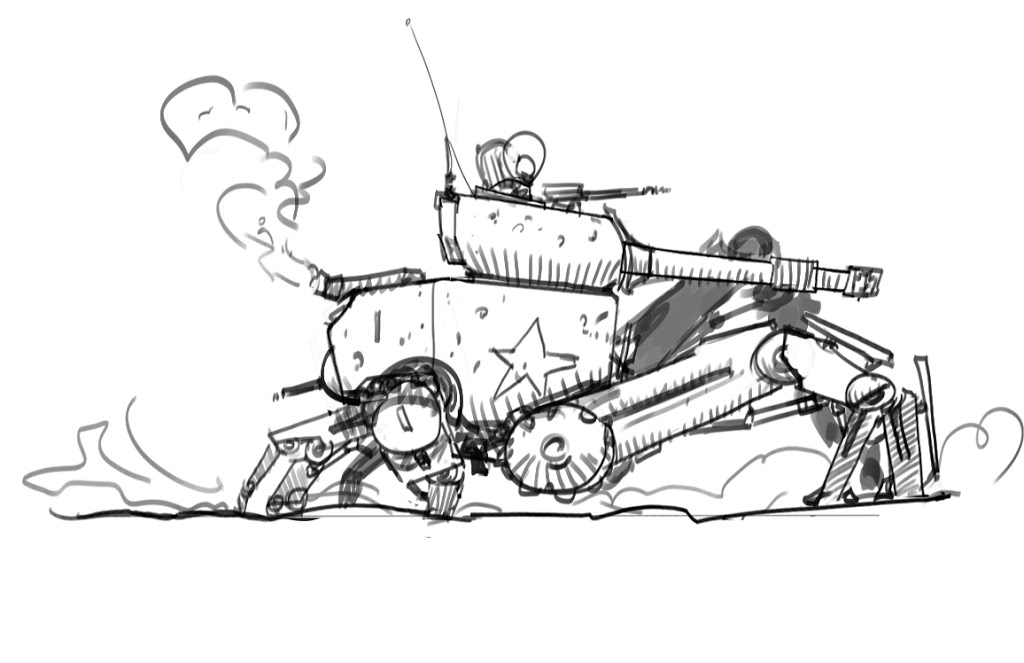
In conclusion
Hopefully, you’re able to incorporate some of the design principles in your own work from now on. To make things easier, I created a ‘Design Poster’ for you to download. It fits on an A4 so it’s ready to print out and to be put on your refrigerator :-).
Please share if you have more resources available on this topic in the comment section. I would love to hear about them. Personally, I found the following website quite helpful:
Resources:
–THUMB WAR: Design Iteration Combat Simulation by Paul Richards: https://www.autodestruct.com/thumbwar.htm: Please check this and the rest of his blog out!
Downloads:
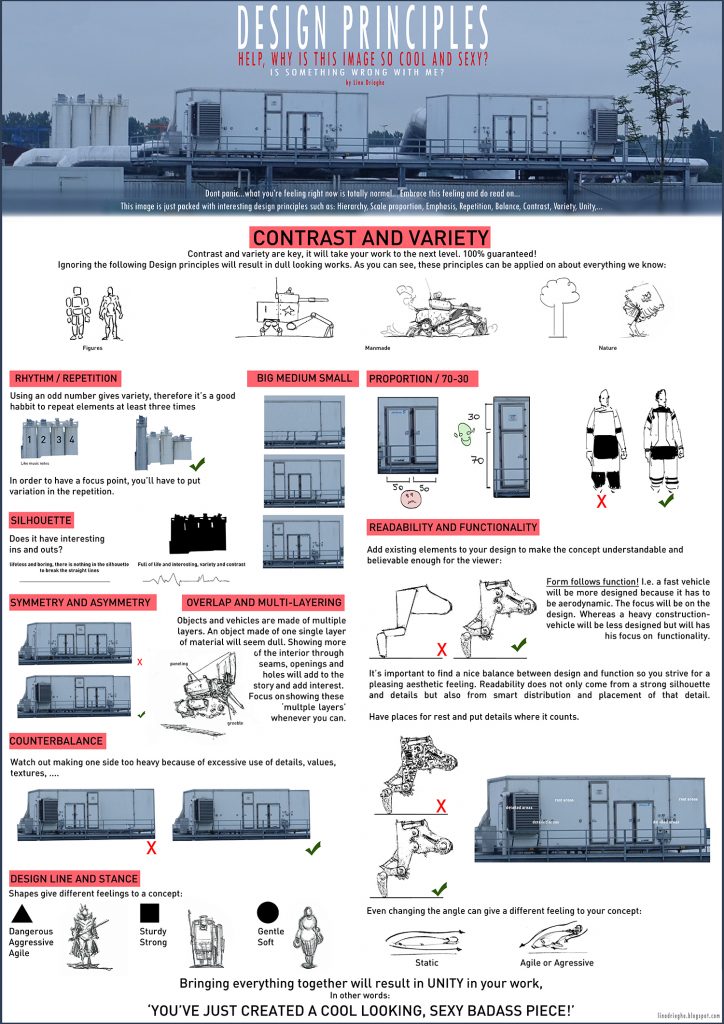
Have fun designing!
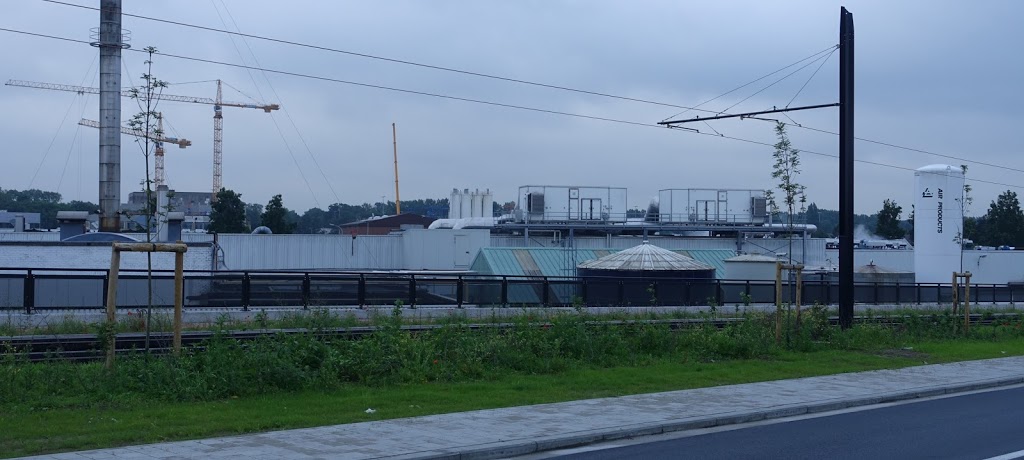

Came across this video today: nice talk about shape hierarchy by Sinix Design on Youtube.
https://www.youtube.com/watch?v=ZluGXgpdJj4
Great sharing. Thank you (y)
My pleasure, I hope it will help you